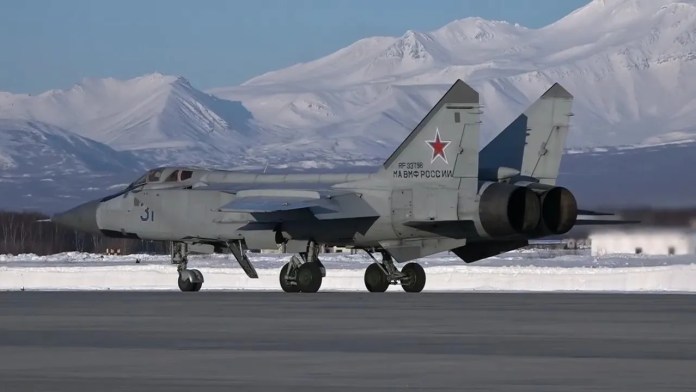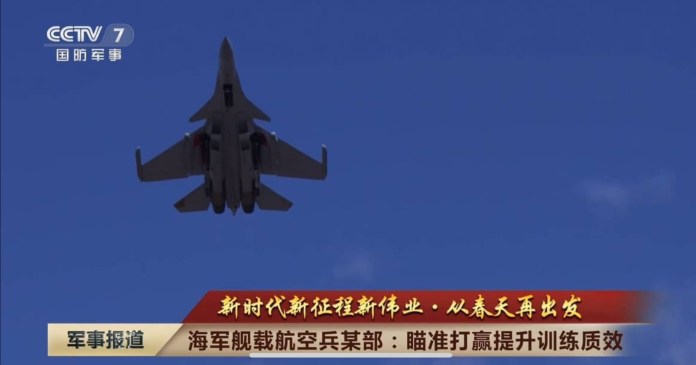Amidst escalating tensions in the Indo-Pacific region, Chinese researchers have unveiled a groundbreaking surface-to-air missile (SAM) boasting an unprecedented kill range. Published in the Chinese Language Journal of Graphics, the paper claims this SAM surpasses all existing systems with a range exceeding 2,000 kilometers (about 1,240 miles).
Traditional SAMs typically have much shorter ranges, making such ultra-long-range capabilities seemingly impractical. Yet, according to the paper, this new Chinese SAM has the potential to neutralize threats like bombers and early-warning aircraft, hinting at its relevance in regional conflicts, particularly against the US Air Force and its allies.
The US has recently intensified its military presence in the Indo-Pacific, prompting China to bolster its defenses. Amidst speculation of a potential Taiwan conflict by 2027, China aims to deter external interference with advanced air defense technologies.
The new SAM, designed to be mobile and affordable, challenges conventional air defense norms. Despite skepticism from some military analysts, who doubt its immediate adoption, the missile's development signifies China's rapid progress in military technology.
Moreover, the missile's integration with China's satellite network enhances its targeting capabilities, potentially rendering stealth technologies obsolete. With its strategic implications for regional stability, this SAM represents a significant advancement in China's defense capabilities.
:quality(70)/cloudfront-us-east-1.images.arcpublishing.com/archetype/YMS7NAMDSJEWRPMJAMDG7MTMHA.jpg)


